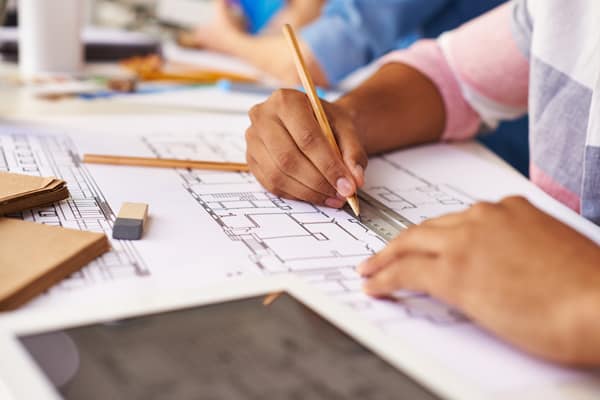Monash University examining the benefits of prefabricated building materials

Monash University engineers are examining how modern prefabricated building materials can slash costs and improve efficiency of new developments, while providing a solution to the Australia-wide challenge of housing affordability.
Dr Mehrdad Arashpour from Monash University’s Department of Civil Engineering is working on a collaborative project to minimise risk, optimise production and improve the on-site installation of prefabricated buildings, including homes.
Prefabrication refers to the process of manufacturing building elements at off-site in a factory rather than the final installation location.
“Off-site prefabrication is the fastest growing sub-sector of the construction industry. It has significant potential to solve problems in traditional construction such as time and budget overruns, and quality assurance,” Merhrdad says.
“There are misconceptions in the public that prefabrication means inferior quality. This is simply not the case. Many inner-city apartments in Melbourne and across the world feature entirely prefabricated kitchens and bathrooms which are built using luxury, high quality materials.”
